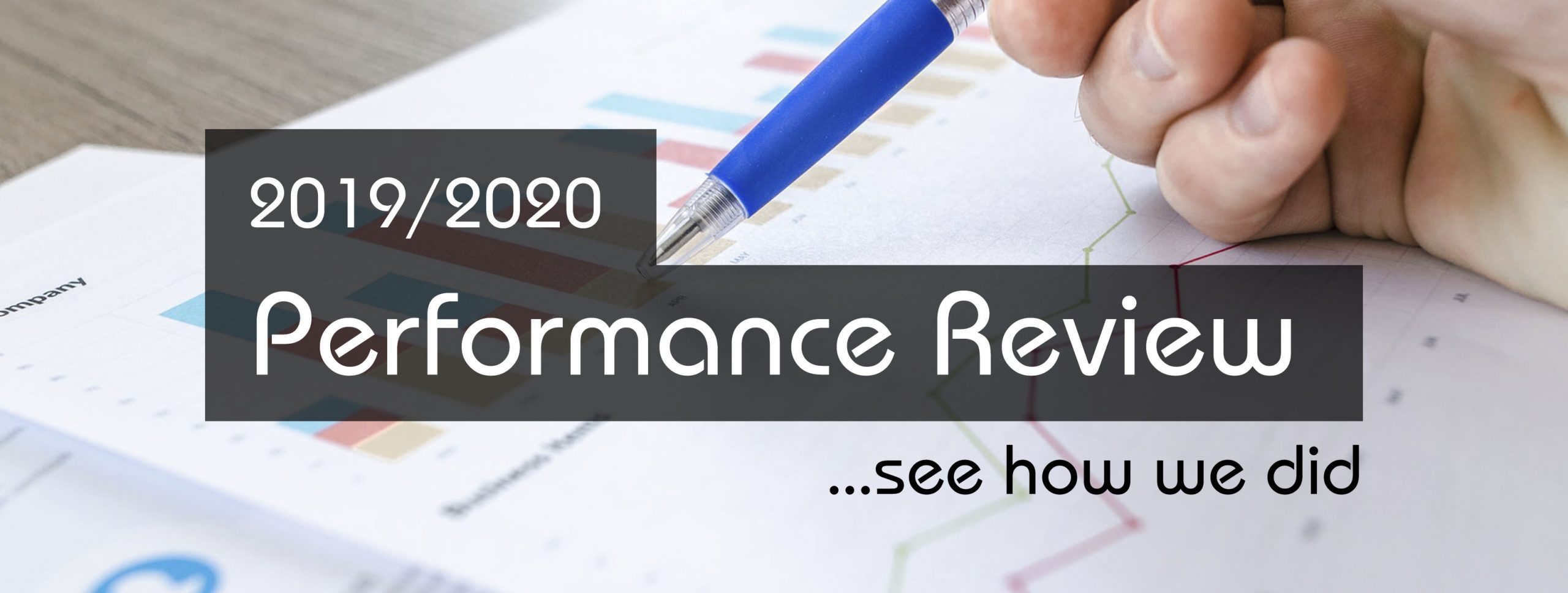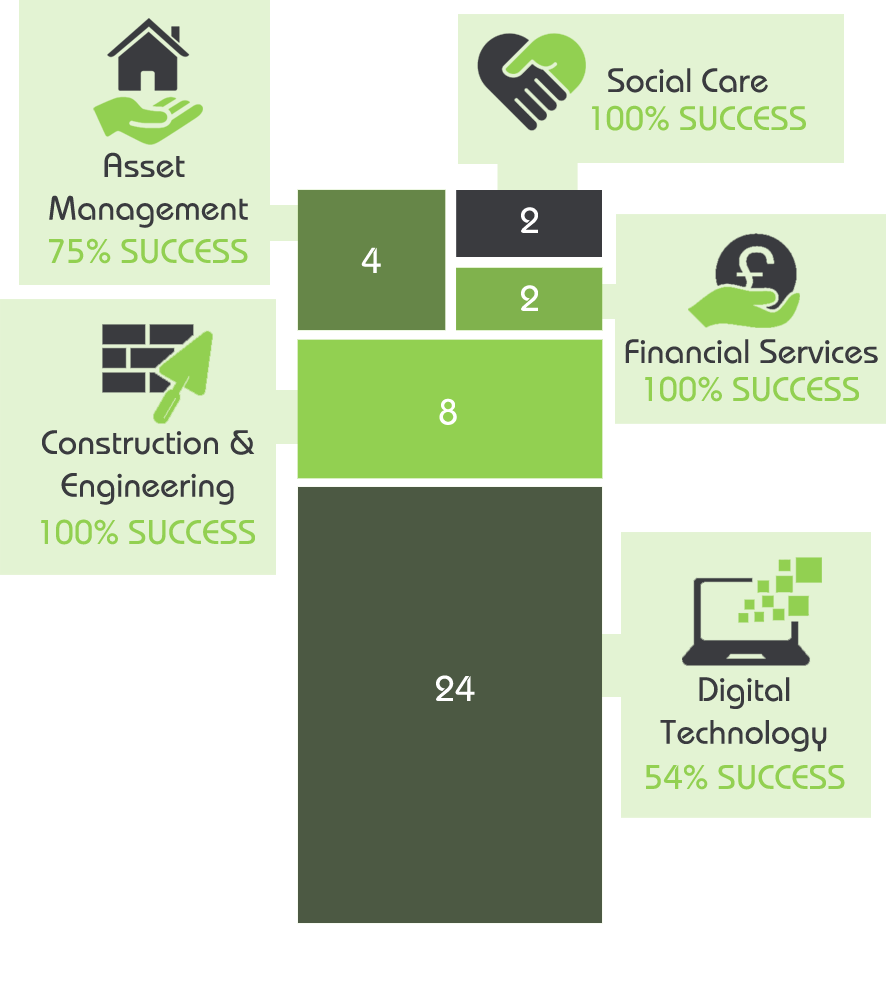
Performance Review 2019/2020
Performance reviews are best practice for any business looking to grow, especially if the market you’re operating in is changing. Unfortunately changing markets and the need to be able to adapt is a common setting for companies looking to win public sector tenders, simply because the public sector itself is in flux. The sector is shrinking, with budget cuts and reduced services or evolving service models so that councils can get more for less. This inevitably puts a lot more pressure on suppliers to be able to adapt and deliver to the expectations of the buyers.
So, having a way of reviewing your company’s performance is becoming more vital if you want to win a public sector tender. This is the advice I give to my clients and I encourage them to implement, even simple systems to collect important information about how well they’re doing. This can literally be as simple as keeping a spreadsheet log of common deliverables across their contracts.
This not only serves as a tool to reflect upon previous performance and helps to understand what’s working well and what can be improved, but public sector tenders are almost always going to ask a quality question about demonstrable experience. Council’s face a lot of scrutiny as the purse holders of public funds, and so they will inevitably seek assurance form bidders that they can (and have) delivered similar contracts to the performance standards that they want. This is where your data collection comes in handy.
Being able to quickly and easily recount key statistics and KPI data to throw into your tender submission shows that you have appropriate monitoring in place, and are able to present outcomes and performance data to your prospective buyers throughout the course of the tendered contract. It also adds credibility to your tender response. It’s rarely enough to say that you will do something. Often you will need to show, and this is where the figures come in, that you’ve done it before and you’ve performed well. There’s a big difference in saying “our service [or product] has performed excellently” to saying “our service [or product] has performed excellently, last year achieving 95% client satisfaction and meeting X, Y and Z performance targets”.
So with this in mind, and after a year of trading, offering bid writing, bid review and general tendering and procurement support to businesses looking to break into the UK public sector, we’ve followed our own advice and taken a look back at this last years’ performance.
Overall Performance

Service Breakdown
Opportunity Breakdown

Industry Breakdown

Summary
Overall, we’re thrilled with the performance and success rate we’ve achieved over the last year, especially considering it’s our first year of trading.
When looking at our 70% success rate we must consider a few things. Often tenders can be won or lost based on price, as this element of tenders tends to be quite heavily weighted. In order to review our performance (i.e. response writing in relation to the quality questions only), our definition of “success” included bids that may not have won, but that scored highest on quality compared with the winning bidder. Essentially including bids that would have won had the pricing been more competitive. This provides us with a more accurate representation of our bid writing success rate.
It’s also worth noting that there are many reasons why a bid may not win; the experience of the company bidding; the skill set, resources and infrastructure of the company; and the strength of the competition. All of which have an impact on the chances of winning. This is perhaps best exemplified with our success rate of 54% with digital technology contracts. Whilst this result is a little disappointing, this industry is hugely competitive. Each tender we worked on averaged 14 competing bidders per tender, compared with 6 across all other industries. This could account, at least in part, for the reduced success rate within this sector.
It’s worth also celebrating the success with “SQ” selection questionnaires (first stage of a two stage tender process), DPS (dynamic purchasing systems) applications, framework tenders and other types of tender. We have managed to achieve 100% success in the 20 projects we’ve worked on in the last year, helping clients to be awarded positions on frameworks and moving forward into the final stages of competitive tendering. These projects do tend to be a little less competitive as there are often positions available for multiple suppliers to be successful. In contracts, ITTs (invitation to tender) are the definitive, final stages of the tendering process and typically result in a single supplier being selected, hence the reduced success rate within this opportunity category.
That being said, we are delighted to have helped our clients win tenders across a range of different business sectors and achieving a contract value total of over £8.5million. Now with over 40 tender projects under our belt, all of which hitting our SME target group, we look forward to this upcoming year in which our aim is expand into other sectors, build upon our successes within the construction and social care markets and promote our tender setup services so that suppliers automatically receive appropriate tender opportunities directly into their nominated inbox.
If you’re interested in finding out more about our performance, or would like to enquire about a quote for tender bid writing or bid review services, or for general procurement and tendering questions, please get in touch.
